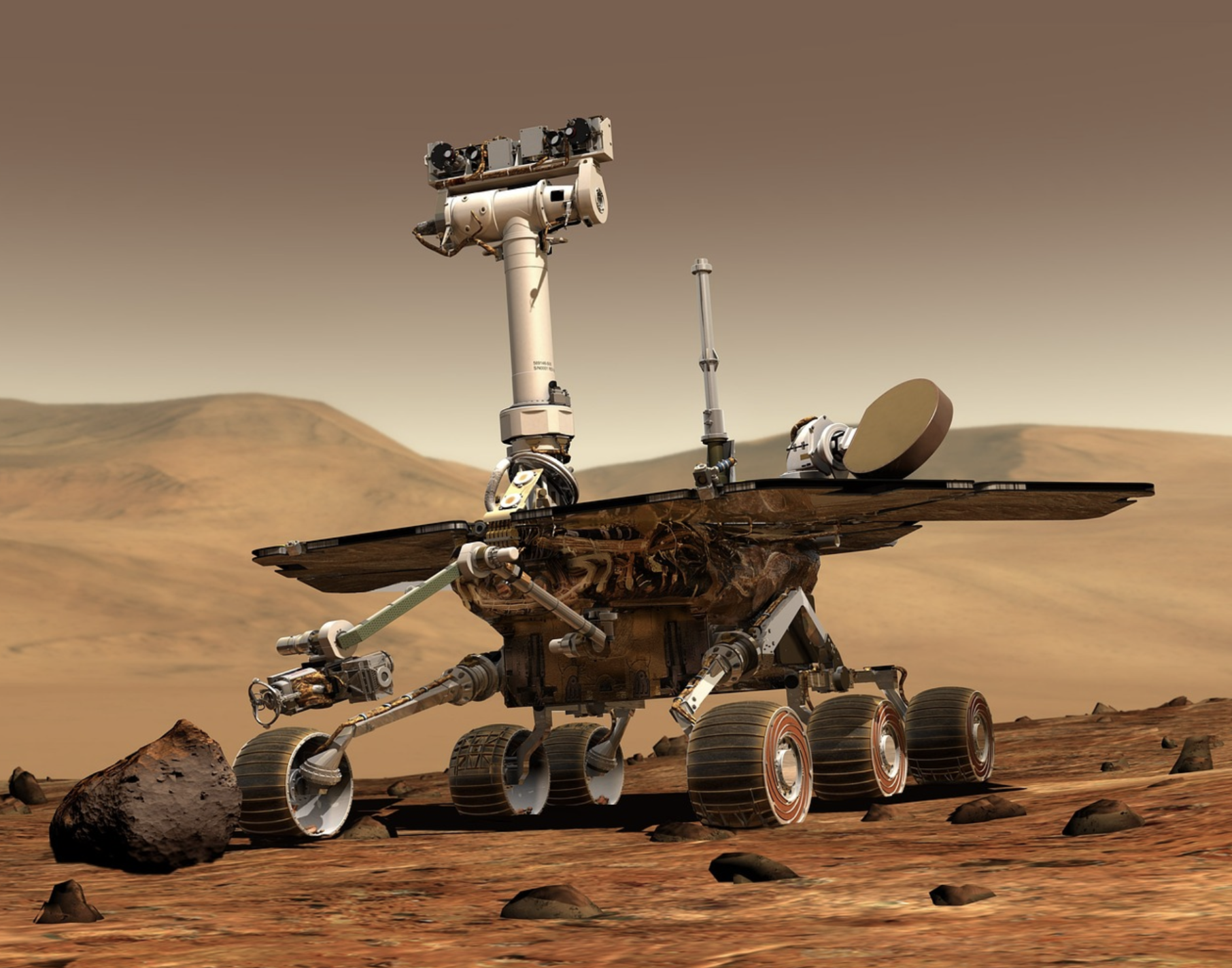
[객원 에디터 5기 / 민찬홍 기자] On February 2nd, 2023, Nasa’s Curiosity Rover sent back a clear and detailed photo of glimmering sun rays on Mars. The stunning view improved scientists’ knowledge of the surface and atmosphere of the planet by providing a greater insight into the atmosphere of Mars. As the Mars Rover treaded through the surface of Mars beyond the past 10 years, it has made many discoveries regarding the terrain and climate of the planet, including the factors that contribute to its weather and sky. From warm lands to frozen desserts, the rover continues to garner as much information as it can about the distant planet.
On January 27th, [year], the Curiosity Rover first observed rays of sunlight that stretched across the horizon, illuminating the surrounding clouds. Notably, this was the first time that such rays were captured in such clear detail. Subsequently, the rover continued to capture photos of its surrounding sky, each containing visuals that were previously considered fictional. With the help of the color navigation cameras, these photos have helped improve our perception of space and the planets within it. If this trend continues, more photos of Mar’s stunning environment are expected to be taken in the coming months, and our grasp and understanding will increase with it.
On Mars, most clouds are made of frozen ice, floating around 60 kilometers from the ground. However, with these new photos, such clouds have been spotted at higher altitudes, which has led to the findings that determine that they are in fact made of frozen carbon dioxide ice. Mark Lemmon, an atmospheric scientist, has stated some of the discoveries that were made [Business Insider] . “By looking at color transitions, we’re seeing particle size changing across the cloud. That tells us about the way the cloud is evolving and how its particles are changing size over time.”
Although these visuals and photos of Mars may provide us with new and interesting outlooks on Mars, it most prominently contributes to increasing our knowledge and grasp of the climate and terrain of Mars. With these photographs growing increasingly common with the help of arerospace technology, our knowledge of space has also grown tremendously.
Sources: Business Insider, CNN





